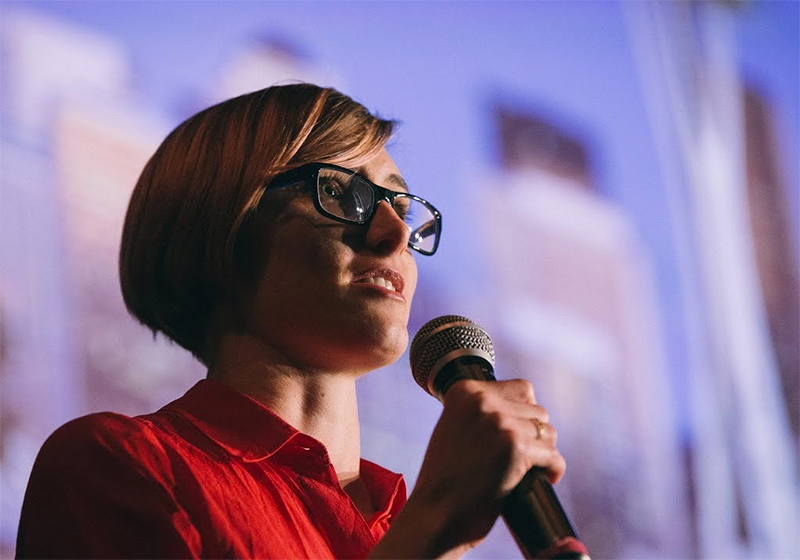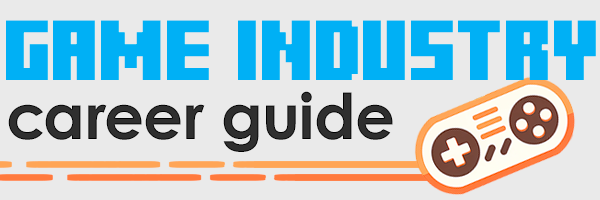How to Become a UX Researcher

Have you ever leaned hard to push a door open, only to discover too late that it’s actually a “pull” door? (And then glanced around embarrassed to see who noticed?) It wasn’t your fault. Some doors just don’t make it obvious whether to push or pull. My least favorite doors are even worse: they actually have a pull handle but still require a push!
Who designs all these confusing doors? Is it some kind of sick prank? Do the designers laugh diabolically as they imagine how dorky I’ll look pulling the push doors and pushing the pull doors?
UX Research to the rescue
While it can seem like terrible doors are the twisted designs of evil masterminds, the sad fact is that terrible doors are nothing but an unfortunate accident. They’re not bad on purpose—they’re bad because the designers didn’t bother testing their designs with real people. They didn’t do enough user experience research.
And while doors are pretty simple, products like games and software are way more complex—meaning they can be way more terrible when designers don’t test their designs with actual users. Terrible websites, terrible game interfaces, and terrible game controllers (looking at you, original Xbox!) could all have been avoided simply by hiring a User Experience (UX) Researcher to get early feedback from real people during the design process.
Meet a professional UX Researcher
Today we’re talking with Lauryl Zenobi, a professional UX researcher, and author of a new book about how to become a UX researcher yourself: I Want a UX Job!
In this interview, we discuss what a UX Researcher does, why it’s important, what makes it such a great job—and how you can start changing your career to become a UX Researcher in games, software, or anywhere you may want to make products that people love.
What is the difference between “UI” and “UX?”
Lauryl Zenobi: UI design (also known as user interface or user interaction design) focuses on what you see: the pixels, the buttons, the colors, the layout of a website or an app, and how you interact with those individual pieces. For instance, what does a user think when a button changes color when they hover the pointer over it? That’s UI.
UX (user experience) design is more holistic. It involves a lot of UI, sure, but UX is more interested in how all the various pieces—the UI, the back-end systems, the users’ mindsets and goals, the purpose of the website or app—how those pieces all play together to accomplish what the user needs to accomplish.
Think of it like this: UI is the button, but UX is what the user does with that button in the larger mission of accomplishing their goals.
What’s the difference between UX design and UX research?
Both are tightly related. Often as a researcher, you are starting with the designs that UX designers built. You then test those designs with users, and bring your insights back to the designers so they can make changes to improve the prototype or website.
Each specialty feeds each other. But they are specialties for a reason. Researchers excel at articulating user needs, but designers are miraculously able to take what researchers translate from the research and create beautiful and usable designs out of just a few bullet points of findings.
So each is highly specialized in what they do. I’ve seen UX designers with decades of experience turn into great researchers, but it takes a unique and highly experienced person to be able to master both specialties.
What do you do all day as a UX Researcher?
I listen, I read, and I talk. Mostly listen and read. So much of being a researcher is about reading prior research, initiating conversations to ask questions about a project, and listening to your coworkers to deeply understand the goals and purpose of the project.
Then I use those conversations and prior research to build a base from which I can ask “Why?” Given what I’ve read and heard, why are we going in this direction? What do we want to learn, and how will that affect the users?
In sum, my days are spent absorbing information, connecting it together, and then advocating for solutions or paths forward. The less glorious way to read that paragraph is I spend most of my days in meetings [laughs].
What kinds of companies hire UX researchers?
So many! Did you know that one of the reasons cars have so many cup holders is because of UX research? We didn’t call it that in the 1980s, but that’s what it is!
UX researchers (or similar titles) work in all sorts of companies. Software companies are the most well known places for UX researchers, but they also work in hospitals, insurance companies, real estate companies, in the airline, hotel, and travel industries (I miss traveling, don’t you?), in government agencies, and in the financial industry, for both digital and analog products like Fitbits or medical devices. The list goes on and on.
What do you love about your job as a UX Researcher?
Having an impact, but behind the scenes. I’m not out there getting credit for big launches or grand ideas. But when you create an account and it’s easier, or when you buy health insurance and it goes smoothly, that is what makes me happy. Knowing I had a tiny impact on lots of people’s lives that will continue to pay dividends for many years. That brings me a lot of joy.
What’s your least favorite part of UX research?
Transcripts! They are so important, but they are such a slog to produce after the research is done.
Sometimes the really useful long term stuff like transcripts and good archival habits are a pain in the present, but it pays off to do them well. Future you will thank you.
How can someone get experience in UX research?
There are several options, depending on where you are in your life and what sort of free time and financial considerations you have.
For starters, internships are tried and true ways to break into any industry, and most UX internships are paid! Education can also be a great path—either formally through a graduate program or certificate program, or more informally through self-study.
Volunteering on projects as the UX expert is another great way to get experience if you have the free time and the passion.
But my favorite is when you can carve out UX projects in your current job. Before I got my first official UX role, I turned my publication management work into a UX research project, and I got paid and did my existing job responsibilities while I practiced my UX work. If there’s a way for you at your current job or company to create a UX role or contribute to UX projects, grab it!
What’s a first step toward a career in UX research?
Learn the fundamentals. For UX research, that’s learning the types of research and when and why you use certain methods.
Once you’ve mastered the fundamentals, get comfortable enough with the methods to understand when you need to stand your ground on a certain approach, and when you can be creative and flexible.
What resources do you recommend to learn UX Research?
There are so many great books and online resources to learn UX research. Besides my new book about changing to a career in UX research, some of my favorites are:
- Just Enough Research (Erika Hall)
- UX for Lean Startups (Laura Klein)
- Don’t Make Me Think (Steve Krug)
Those are just a few, but for a more complete list, check out the Resources page on my book’s website:
Any other advice for breaking into UX Research?
Buy my book to find out! In all seriousness, stay curious and don’t be afraid to reach out and talk to people. The more integrated you get into the UX community in your area, the more you’ll learn about companies, opportunities for more experience, and how to frame yourself. Bravery and a dash of confidence go so far. We’ve all been where you are now, so know you’re in good company.
Lauryl Zenobi is a UX researcher, anthropologist, and author. You can connect with her at her website, www.laurylzenobi.com.
Read my new book!
Making games for a living is an incredibly rewarding career, but it’s hard to break in unless you have insider knowledge. This book levels the playing field.


Leave a Reply